What Are The Factors That Make Us Look Old?
Dr Alek Nikolic discusses the importance of an expert skin regime for mature skin and ageing skin
I have to start this article by mentioning a very interesting study that I came across. Researchers asked the question what are the factors that make us look old?
We all thought that the number one criteria would be wrinkles but it turns out we were all wrong. Let’s have a look in order of importance what the research found:
What are the factors that make us look ‘old’?
So wrinkles are last on the list which clearly indicates that we definitely need to work on the first two:
- Texture and colour: this includes how smooth our skin looks and feels and by colour we need to be clear of blemishes, pigmentation and age spots
- Glow: I refer this as the ‘youthful glow’ a bright clear skin is fundamental in our treatment regime so taking that dull sallow appearance from our skins with the best skin care products is vital
- Wrinkles: even though they are last we should address these as well in our mature skin care regime
To understand why we need to add certain ingredients with ageing skin let’s have a brief look at what changes take place as we age:
Skin Changes As We Age
-
Structural Changes Associated with Aging Skin
If we look at skin that has undergone normal aging without environmental influences such as UV damage it is smooth and generally unblemished with a few lines. Under the microscope, we will see some signs of aging, which include a flattening of the epidermal-dermal interface and some breakdown of the dermal tissue.
External factors that age our skins such as free radicals and UV damage (typically seen on our faces, hands and chests) the skin tends to appear wrinkled, sallow in colour and has areas of excessive pigmentation (dark marks) and even areas of loss of pigmentation (white areas). Skin also shows a loss of elasticity, increased fragility, and raised benign bumps such as UV damage lesions and skin tags
-
Wrinkles
Wrinkles are indents in the skin’s surface that may be deep, medium, mild or very fine and this is characterised by their depth: may extend from a few micrometres to several millimetres
Wrinkles occur as a result of:
- A reduction in muscle mass and skin thickness
- Cross-linking of collagen and elastin in the dermis
- Dehydration of the Stratum Corneum (SC)
This results in visible wrinkles on the surface of the skin and a loss of mechanical strength and elasticity
-
Skin Colour Changes:
These can be caused by numerous factors including hyperpigmentation, veins resulting in red and/or blue discolorations and yellow areas as a result of decreased melanin production
-
Breakdown of Collagen and Elastin:
The majority of age-dependent changes that occur in our skin happen in the dermis, which can lose from 20-80% of its thickness during the aging process. This is the result of changes in the fibroblasts, the cells responsible for collagen, elastin and glycosaminoglycan (GAG) production. Collagen and elastin is vital for skin health, glow, and thickening the skin while GAGS are vital for hydrating our skin
-
Dehydration
Two main factors contribute to the dry skin seen in older skin:
- A reduction in the hyaluronic acid production
- A reduced synthesis of GAGS
-
Skin Cell Turnover Slows Down:
Studies indicate that the skin cells (epidermal) turnover rate slows from 30-50% between our thirties and eighties:
- Young adults cell turnover: 20 days
- From 30 years up cell turnover: 30 days or more
What this very simply means is that it will take us longer to make new cells such as collagen and elastin and a slower removal of the outer dead layer resulting in the sallow or dull appearance seen in older skin
-
Loss of Underlying Support:
As we age we also tend to lose the underlying support structures of the skin mostly the fatty layer or pads, elongation of muscles and even a loss in the bone structure. This all leads to increased laxity of the overlying skin. It’s almost like a full balloon and once we let some air out (the underlying fat pads) the balloon is not as taught or tight anymore. If we let all the air out then the balloon loses its shape completely
Typical areas of volume or fat loss are:
Temples, eyebrows, peri-orbital (around the eye), cheek, corner of mouth and jaw line
These can be successfully treated with dermal fillers
Treatment Recommendations:
Our treatments should focus on all of the above changes:
- Skin care regime specific for aged skin – see below
- Chemical peels: superficial peels such as glycolic acid are a great tool to rejuvenate the skin on an ongoing basis with no downtime at all
- Botox®: to reduce the effect expression muscles have on our skins
- Dermal fillers: to re-inflate the loss or thinning of the fat pads bringing back that vital support
- Surgery: face lift, neck lift, SMAS lift, etc
Mature Skin Care Regime Recommendation:
Advanced Routine: MORNING
- Cleanser: preps your skin for the skin products
- Toner: hydrate and replenish after cleansing as an added step to the moisturiser
- Exfoliant: remove unwanted thick and dead skin cells giving a better glow and increasing cell turnover
- Sunscreen: to protect the sin from harmful UV damage including infrared
- Treatment (serum): day time anti-oxidants for boosted sun protection and cell stimulation and prevention of free radicle damage
- Moisturizer: replenish loss of water retention with hyaluronic acid, ceramides and fats
- Targeted treatment (applied as needed before sunscreen); my recommendation is to consider Vitamin C for pigmentation, texture and collagen and elastin stimulation
Advanced Routine: EVENING
- Cleanser:
- Toner
- Exfoliant
- Treatment (serum): night time anti-oxidants to replenish the skin’s cells and remove free radical damage
- Moisturiser: I prefer a night time moisturiser to contain additional anti-oxidant ingredients
- Targeted treatment: as needed, applied before or after your treatment product; my recommendation is to consider retinol (vitamin A) for its amazing ability to reduce pigmentation, smooth texture, reduce pores, increase collagen and elastin stimulation, fine lines and wrinkles and as an anti-oxidant
Further Recommended Reading:
- How To Take Care Of Your Skin In Your Fifties and Beyond
- Vitamin C In Skin Care Products
- Hyaluronic Acid: Why You Should Add It To Your Skin Care Regime
- The Pros and Cons of Retinol: Why Is Retinol So Important For Our Skins?
- Which Strength of Retinol Do I Need?
Dr Alek Nikolic’s Personally Recommended Products:
These are the products I recommend to use but all of the skin care products we stock have active ingredients specific for certain skin types and for skin conditions. For a more in depth and accurate assessment and recommendation please take my Face2Face Assessment and I will send you a skin care regime specific for your skin concerns and skin type. Take the Face2Face Assessment here
Cleanser:
Exfoliator:
Sunscreens:
- DERMACEUTIC SUN CEUTIC 50
- HELIOCARE ADVANCED GEL SPF 50
- SKINCEUTICALS PHYSICAL FUSION UV DEFENSE SPF 50
Moisturisers:
A.M.
P.M.
Serums:
A.M.
P.M.
Vitamin A Retinol:
Vitamin C:
References:
- Mechanisms of skin aging induced by EGFR inhibitors. Gerber PA, Buhren BA, Schrumpf H, Hevezi P, Bölke E, Sohn D, Jänicke RU, Belum VR, Robert C, Lacouture ME, Homey B. Support Care Cancer. 2016 May 10. [Epub ahead of print] PMID: 27165055
- Extracellular Matrix Modulation: Optimizing Skin Care and Rejuvenation Procedures. Widgerow AD, Fabi SG, Palestine RF, Rivkin A, Ortiz A, Bucay VW, Chiu A, Naga L, Emer J, Chasan PE. J Drugs Dermatol. 2016 Apr 1;15(4):s63-71. PMID: 27050707
- Introduction to skin aging. Tobin DJ. J Tissue Viability. 2016 Mar 14. pii: S0965 206X(16)00028-0. doi: 10.1016/j.jtv.2016.03.002. [Epub ahead of print] PMID: 27020864
- Age-Related Changes to Human Stratum Corneum Lipids Detected Using Time-of-Flight Secondary Ion Mass Spectrometry Following in Vivo Sampling. Starr NJ, Johnson DJ, Wibawa J, Marlow I, Bell M, Barrett DA, Scurr DJ. Anal Chem. 2016 Apr 19;88(8):4400-8. doi: 10.1021/acs.analchem.5b04872. Epub 2016 Apr 7.
- http://www.dermalinstitute.com by Dr Diana Howard The International Dermal Institute
About the author:
Dr Alek Nikolic:
Dr Alek Nikolic was born in South Africa and received his MBBCh (Wits) in 1992 and in 2000 he received his MBA (UCT). He has been in private practice for 20 years and is the owner of Aesthetic Facial Enhancement, which has offices in Cape Town. Dr Nikolic specialises in aesthetic medicine and is at the forefront of the latest developments in his field. He is very driven and has lectured extensively lecturing and done live demonstrations throughout South Africa and abroad. Dr Nikolic’s focus is on skin care and skin ingredients and cosmetic dermatology treatments. He has performed over 20 000 procedures to date and as such is responsible for training numerous medical practitioners both in South Africa and internationally. Dr Nikolic is one of the founding members of the South African Allergan Medical Aesthetic Academy and chaired its inaugural launch in 2012. The Allergan Academy provides essential training to keep up with the latest technology in aesthetics. Dr Nikolic holds the advisory position of Allergan Local Country Mentor in Facial Aesthetics and is the Allergan Advanced Botox and Dermal Filler Trainer. He is chairman of the Western Cape Aesthetic and Anti-Aging Medicine Society of South Africa and of the Western Cape Aesthetic Review group.

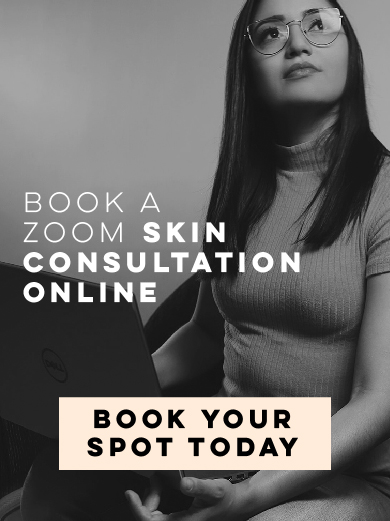

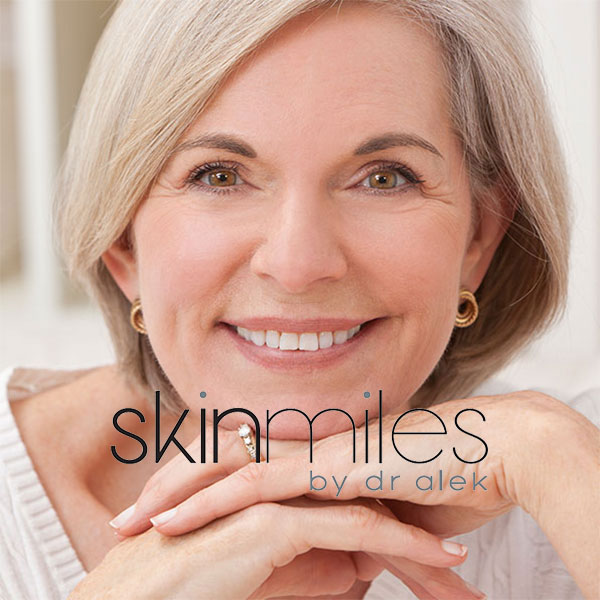
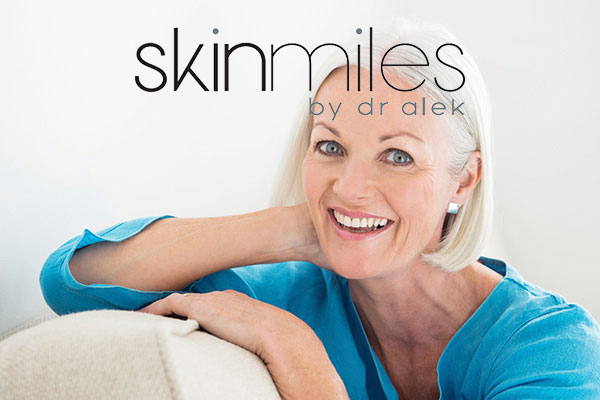
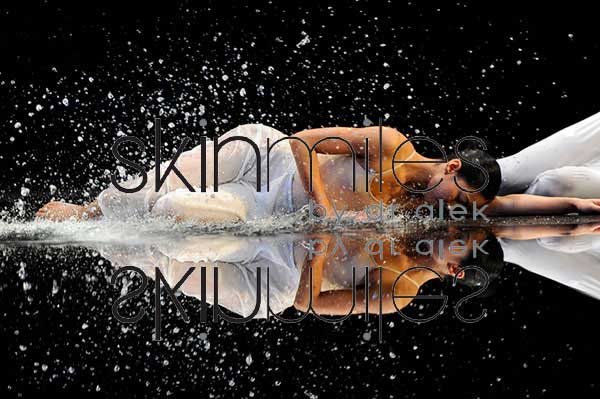

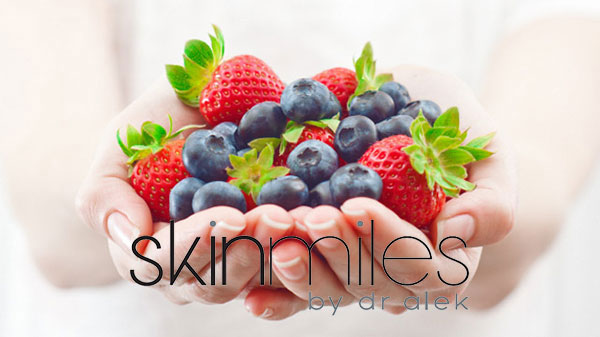
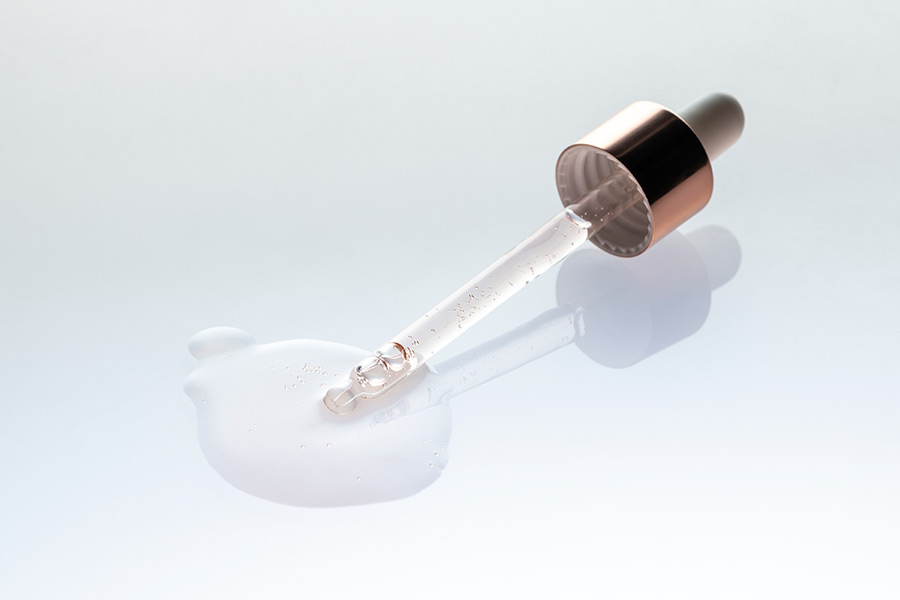
thank you for the informative article. it has made me understand how I should approach my skin concerns